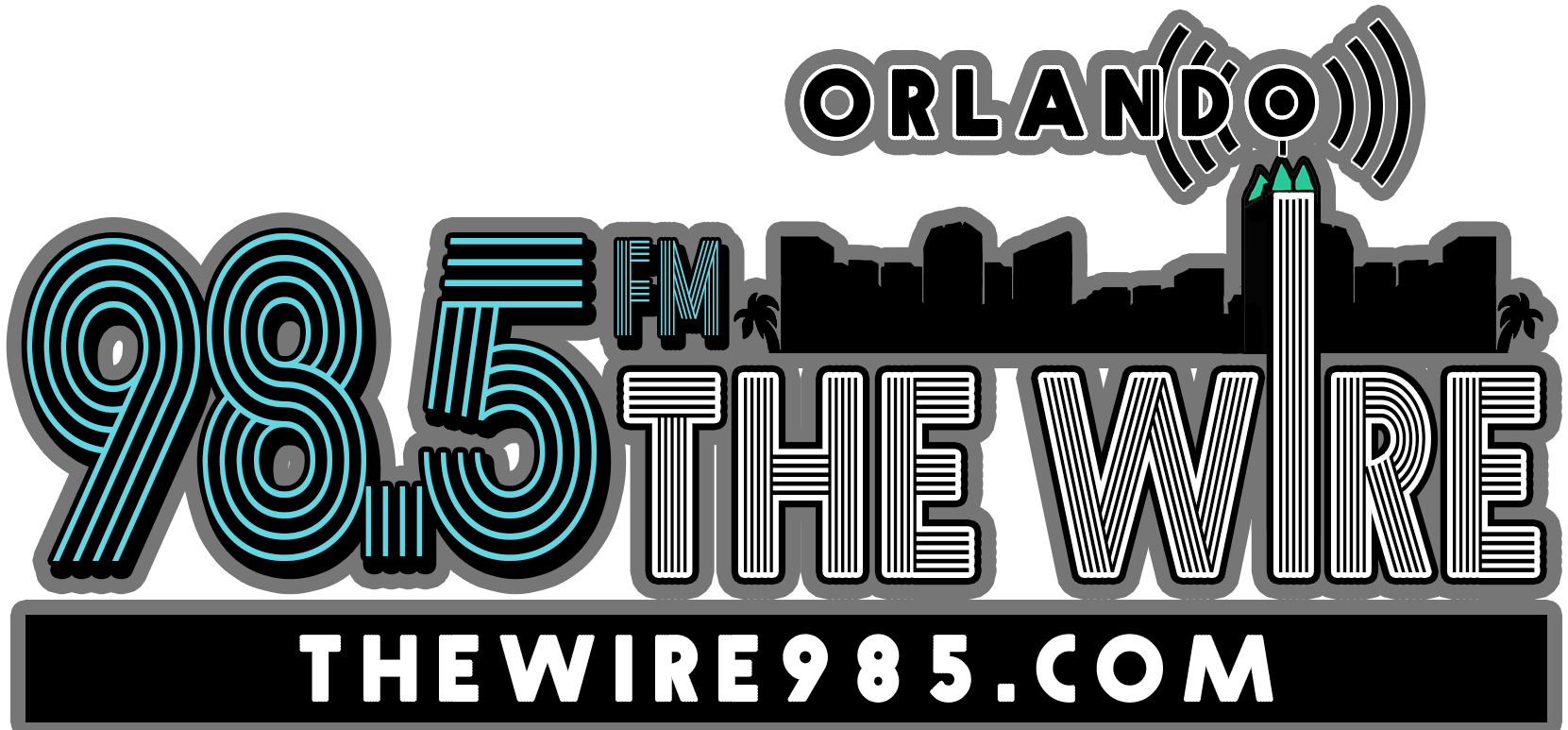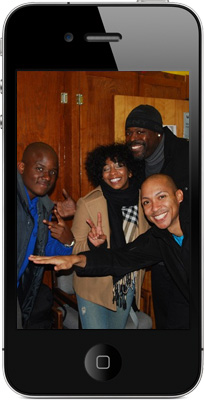Post-affirmative action, Black schools show why cultivating diverse campuses should extend beyond the application process
Ever since Cheyney University opened in 1837, historically Black colleges and universities (HBCUs) have provided educational access to students who were once barred from attending white institutions. By the 1890s, to support newly freed Black Americans following the civil war, more than 200 HBCUs had opened. And by the 1950s, more than 90% of Black undergraduates in the country were attending Black schools.
Once the US supreme court ended state-mandated segregation with its 1954 decision in Brown v Board of Education, followed by the introduction of affirmative action policies designed to rectify segregation’s effects, the number of Black students at predominantly white colleges grew significantly. Still, HBCUs remained a touchstone for Black students. So it might be surprising to learn that some experts argue that in light of the supreme court striking down affirmative action earlier this summer, HBCUs could be models for race-blind admissions.
Because of historical racial discrimination by predominantly white colleges, HBCUs have valued inclusion, rather than exclusion, since their founding. While it’s true that admitting Black students remains a primary mission for HBCUs, these schools pride themselves on welcoming students from various backgrounds. “I’m not aware of any HBCU that uses race as a consideration in any determination,” Danielle Holley, a former dean of Howard University’s law school, told me. According to her, that foundation is what makes HBCUs a “laboratory of success” for educating all students.
In 1976, for instance, non-Black students made up 15% of students at HBCUs. By 2021, they accounted for a quarter. HBCUs also enroll twice as many students who received Pell grants than other institutions, opening up access for more people who come from low-income backgrounds. And the institutions are more likely to admit students who haven’t taken advanced courses in high school, a metric which often serves as a barrier for students of color.
Long before admissions officers read their applications, students contend with myriad factors that affect their college candidacy. The courses they take, the communities they grew up in, the life experiences they have had – these variables all shape their access to opportunity. Khala Granville, the former associate director of admissions at Indiana University Bloomington, pointed to the long list of inequities that occur before students apply to school that make it harder for them to navigate the admissions process – unequal access to academic counselors who can support and guide them, limited access to an internet connection, disparate discipline of students of color and inequitable funding of their schools, to name a few. Aware of these challenges, Granville told me she helped find ways to look beyond the application process itself to bring more racial and ethnic diversity to a predominantly white campus.
She and her team went beyond simply visiting high schools, which is standard for most universities. They visited churches and met with community organizations to build deeper relationships and show that Indiana University could be a place for Black and brown students to thrive. Over the course of Granville’s seven years at the school, the percentage of Black students grew 4% and the percentage of Latino students grew 70%.
When Granville went on to become the admissions director at Morgan State University, an HBCU in Baltimore, Maryland, she noticed a stark difference: a commitment to accessibility had been part of the institution’s mission since it opened in 1867. “Our founding is rooted in inclusion,” she said.
Though it’s customary for universities to ask for essays and recommendation letters, Morgan makes them, along with SAT and ACT scores, optional. Granville had seen how those options could create barriers for students who may not have access to the internet or who have less access to counselors who can guide them through the admissions process. Other HBCU administrators agreed. Michael Bailey, the director of undergraduate admissions at North Carolina Central University, said that the school does not require essays but will accept them. It also waives standardized test scores and instead focuses on students’ grades, which are shown to be a better predictor of academic success than tests. “We want to make sure every student we admit is going to be successful when they get here,” Bailey said. “We want to meet them where they are.”
HBCUs show that cultivating diversity has to extend beyond the admissions process itself. Granville echoed this sentiment, saying that schools’ investment in students has to be “from the time that they meet us out on the road to the time that they graduate and even beyond”. New guidance on Monday from President Biden’s administration reflects what Granville and other HBCU admissions officers have done long before the affirmative action ban: recruit from areas where students of color live. Meet them where they are. As predominantly white institutions navigate how to bring diversity to their campuses without affirmative action, they have to reflect on their own origins as exclusionary institutions and find ways to promote inclusion. That includes creating attractive campus cultures that embrace students from different racial backgrounds – a fundamental departure from these institutions’ legacies of discrimination.











More Stories
HBCUs will take center stage at awards show on Black News Channel – The Black Wall Street Times
Racist texts about slaves and ‘picking cotton’ sent to Black people as state AGs, colleges and police probe their origins – CNN
AI in US historically black colleges and Indonesian universities – University World News